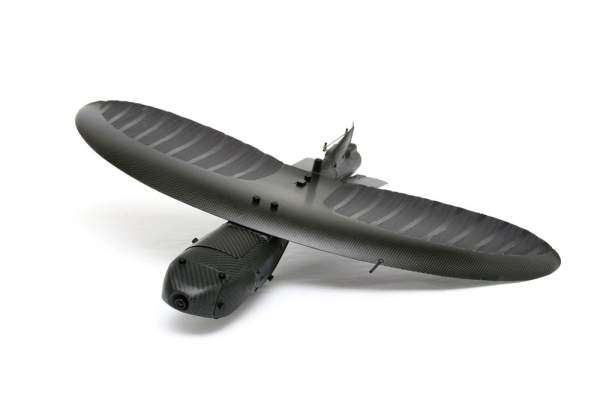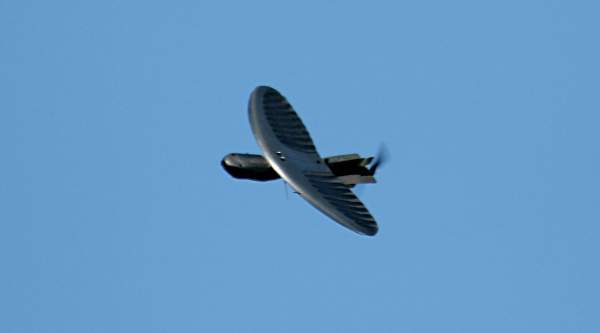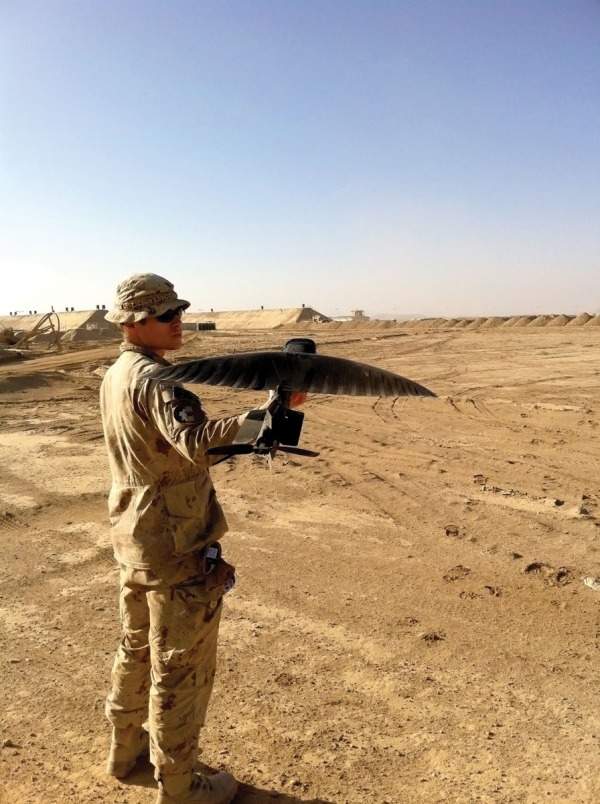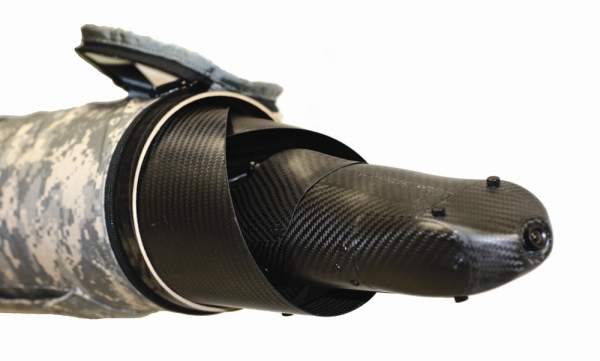The Maveric is a mini unmanned aerial system (MUAS) developed by Florida-based Prioria Robotics. The MUAS can be operated by a single person and is supported on Prioria’s in-house processing platform Merlin.
The UAV operates autonomously right from take-off to landing, following the waypoints. It can be deployed for intelligence, surveillance, reconnaissance and tracking, as well as in day / night operations. It can be used even in cluttered environments or under minimal visible and audible signatures.
The Maveric runs on a lithium-polymer battery.
Orders and deliveries of the Maveric MUAS
Prioria Robotics began the sale of the Maveric in 2008 with sales to the US military and a customer in the UK.
The Maveric is also in use with the Canadian armed forces. It is deployed at Canadian Forces Base Gagetown, Canada and in Kandahar, Afghanistan.
Maveric mini unmanned aerial system design and features
The Maveric is claimed to be the first customisable small UAS. The nose, tail, fuselage and payload are all modular.
The rugged airframe is made of ultra-light carbon fibre. The aircraft weighs 1.16kg (2.6lb), enabling a single person to transport and operate it. Its bird-like design camouflages it from the enemy’s eye. Its motor remains silent when flying above 100m (327ft), reducing the possibilities of its detection.
The UAV is 67.31cm long and is stored in a tube-like pouch of 15.24 x 78.74cm.
Performance of the Maveric UAS
The Maveric has endurance to fly for 45-90 minutes within a wireless range of 5km (3.1 miles). Its typical altitude is 30-152m (100-500ft) similar to Aerovironment’s small UAV Raven RQ-11B. The Maveric can reach up to an altitude of 7.62km (25,000ft).
The UAV’s stall speed is 18 knots and cruise speed is 26 knots.
Processing platform Merlin
The embedded processing platform Merlin enables onboard processing of images and vision-based control. This reduces the UAV’s dependence on a ground control station.
Merlin removes shaky motions from video clippings to provide clearer, stabilised imagery. Zooming enables it to get a better view of the target. Images can be stored on-board, for the UAV to work even beyond the range of its ground station.
The platform also allows the UAV to detect and avoid collisions along its path.
Wings of the Maveric MUAV
One of the unique features of the Maveric is its bendable wings. This helps in the storage of the UAV in a tube pouch and also in immediate deployment without the need to assemble the wings.
The adaptive washout mechanism of the bendable wings enables the UAV to fly in gusty winds. It can launch in gusts up to 35 knots, making it suitable for deployment in deserts like those in Afghanistan.
The wings are made of black ripstop fabric and carbon fibre batons, giving it the look of a bird.
Payload of Prioria Robotics’ UAV
The payload for the Maveric can be customised. A standard unit has a forward-looking analogue camera in the nose and a pod in the stomach of the aircraft. The pod is interchangeable with an electro-optical analogue or digital camera, gimbaled analogue or digital camera, thermal infrared camera, high-resolution imaging camera and optical zoom camera.
The Maveric is claimed to be the only small UAV compatible with a gimbal camera which provides a 360 degree surveillance capability.
The side-view camera captures real-time video imagery in colour with a resolution of 640×480, at a rate of 30 frames a second. The UAV also includes a 900 megahertz datalink and a 2.4 gigahertz video link.
Maveric UAS ground control station
The Maveric’s ground control station (GCS) includes a Panasonic Toughbook laptop, hub box, radio frequency box, tripod, cables and a hand-held controller. It also has TerraScope and mission planning software installed.
TerraScope enables the Maveric to perform specific functions such as preflight checks, system health monitoring and payload options configuration. It supports video stabilisation and image mosaicing.
The mission planning software enables the operator to configure, monitor and control missions and change waypoints.
The Maveric navigates in six flight modes: navigation, altitude, loiter, rally, home and manual.
Under the navigation mode, the UAV follows the waypoints autonomously. Under altitude, its flight path is controlled by the operator, while the airspeed and the altitude are maintained by the aircraft. The Maveric goes around a given waypoint while in loiter mode, whereas it loiters after flying to a given rally point under rally mode.
Under home mode, the UAV returns to an automatically-configured home waypoint. The operator controls the airspeed, altitude and flight path of the aircraft under the manual mode.









